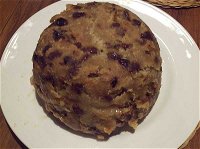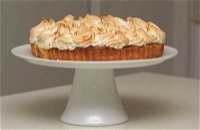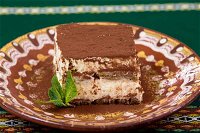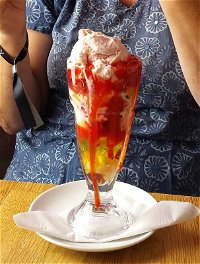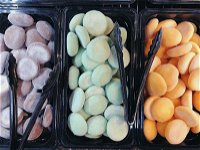
Sweeten the Deal Trivia Quiz
Got a sweet tooth? That's good because the world is full of delicious desserts! In this quiz simply match the name of the dessert to its picture.
by Stoaty.
Estimated time: 3 mins.
- Home
- »
- Quizzes
- »
- Hobbies Trivia
- »
- Food & Drink
- »
- Desserts
